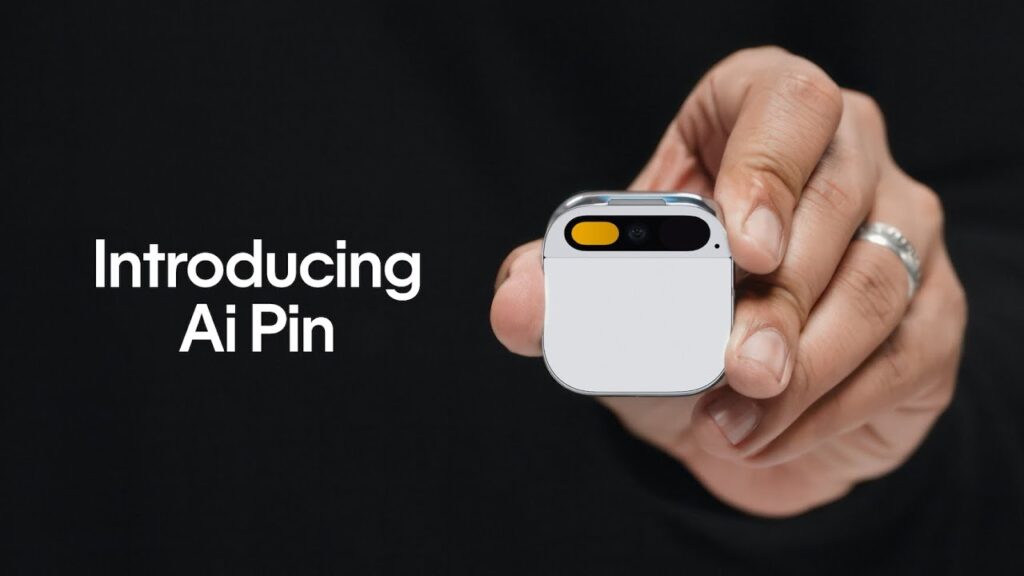The question most buyers ask is this: Are smart fridges worth it? These high-tech appliances boast touchscreens, cameras, and food-tracking apps designed to make life easier. But how well do these features work in practice?
Let’s break down the smart refrigerator features that matter most and see if the hype matches reality.
The Allure of Smart Refrigerator
Part of the appeal of a smart fridge lies in how it reshapes the role of a kitchen appliance. No longer just for cooling, these devices position themselves as hubs for family life and digital convenience. They promise smoother routines, from grocery planning to energy savings, while adding a sleek, futuristic touch to your home.
Yet this allure comes with a price: higher upfront costs, complex maintenance, and concerns over connectivity and data privacy. As Consumer Reports notes, buyers should weigh both the lifestyle perks and the potential risks before committing.
With the big picture in mind, let’s dig into the specific smart fridge features, starting with the much-hyped touchscreens.
Touchscreens: Family Hub or Fancy Gimmick?
A smart fridge with a touchscreen can replace your kitchen calendar, let you stream music, or show recipes while you cook. Some even connect with smart assistants for voice control.
But the reality is, many families end up using the touchscreen mostly for digital notes or weather checks. It’s convenient, but not a must-have. Tablets or smart speakers often do the same job better.
Cameras Inside: Grocery Helper or Extra Cost?
The idea of a refrigerator with a camera inside sounds brilliant. You can check your fridge at the grocery store to avoid double-buying milk. It’s one of the most talked-about features.
In practice, camera angles can miss items, and sometimes the image quality isn’t sharp enough to see expiration dates. It’s helpful for quick checks, but it doesn’t always prevent waste.
For a deeper look at how hidden features can surprise us, see Hidden Smartphone Features That Make Life Easier.
Food-Tracking Apps: Waste Saver or Notification Overload?
The boldest promise comes from smart fridge food tracking apps. Samsung’s Family Hub, for example, integrates with Whisk to suggest recipes based on what’s inside, while LG’s ThinQ app logs groceries and tracks expiration dates.
Some models also pair with third-party tools like Innit or SideChef, turning your fridge into a meal planner. For organized households, these features can cut food waste and simplify shopping.
The flip side? Apps require manual input for many items, and notifications can pile up. Some users stop tracking after the novelty fades.
To see where convenience sometimes backfires, check Why Your Smart Home Might Be Making You Less Productive.
Energy, Lifespan, and Cost
Beyond the gadgets, a smart fridge’s energy efficiency claim is often true, given that newer compressors and sensors can save electricity. But the smart fridge lifespan vs the regular fridge raises questions. Traditional fridges last 10–15 years. With smart models, the cooling system may last that long, but software updates may end sooner, leaving “smart” features outdated.
That creates a tricky calculation: the cost of a smart fridge vs a traditional averages $3,000–$4,500 compared to $1,000–$1,500. If the digital perks stop working after a few years, are you really getting your money’s worth?
For perspective on choosing wisely in connected tech, see Top Smart Home Devices That Actually Deliver Value.
Final Verdict
So, are smart fridges worth it? If you love integrating tech into your home and will actually use touchscreens, cameras, and food-tracking apps, the answer is yes. But if you only need reliable cooling, a traditional fridge offers better value.
Smart fridges shine when their features match your lifestyle. Otherwise, the hype may outlast their usefulness.




